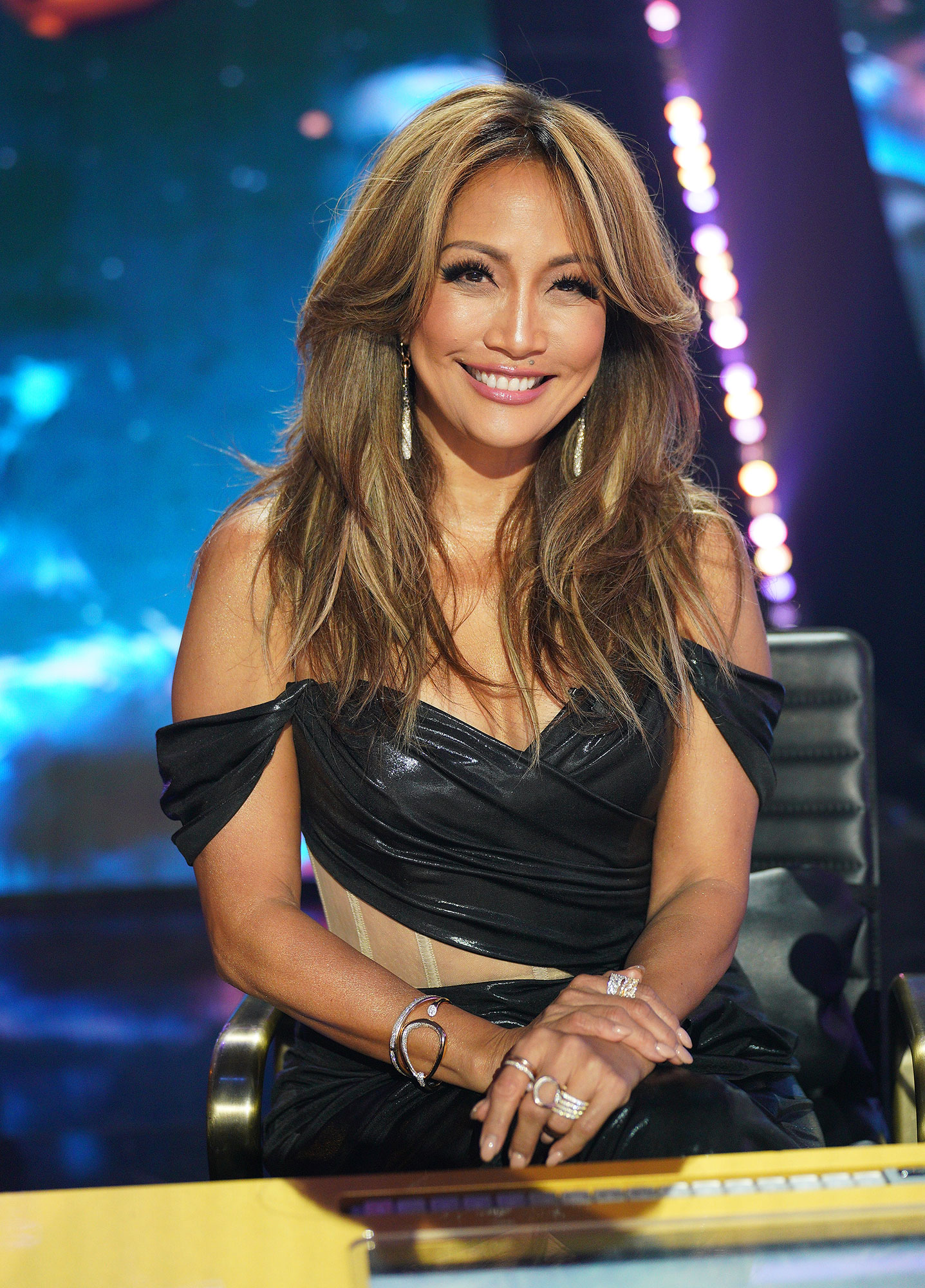ABC's Dancing with the Stars continues to captivate audiences with its blend of celebrity charm and professional dance expertise. Hosted by Alfonso Ribeiro and Julianne Hough, the show features a panel of seasoned judges: Carrie Ann Inaba, Derek Hough, and Bruno Tonioli. These experts bring years of experience in the world of dance, ensuring that contestants receive valuable feedback as they strive for perfection on the dance floor.
The Evolution of Judges on Dancing with the Stars
Over the years, Dancing with the Stars has seen several changes in its judging panel. While Len Goodman, Carrie Ann Inaba, and Bruno Tonioli have been fixtures on the show, other faces like Julianne Hough and Mark Ballas have also graced the judges' table. The consistent presence of some judges while rotating others helps maintain the excitement and energy of the competition. This approach ensures that the show remains fresh and engaging for both viewers and participants.
In recent seasons, however, there has been growing concern about the scoring system. Fans have noticed an increase in scores ranging from 7s to 8s, which some feel diminishes the significance of truly exceptional performances. Critics argue that celebrities should earn higher scores through merit rather than being handed them as a matter of course. This trend raises questions about whether the judges are prioritizing entertainment value over technical skill.
A Look Back at Legendary Judge Len Goodman
Len Goodman, who passed away peacefully in Kent, England, was a beloved figure on both Dancing with the Stars and Britain's Strictly Come Dancing. Known for his wit, integrity, and distinctive feedback, Goodman played a pivotal role in reviving interest in ballroom dancing worldwide. His contributions were recognized with prestigious awards, including the Carl Alan Award, underscoring his lasting impact on the dance community.
Goodman's tenure on the show exemplified the importance of having knowledgeable judges who can provide constructive criticism. As fans reminisce about his legacy, many hope that future judging panels will uphold the same standards of excellence and fairness.
Is It Time to Rotate the Judges?
As Dancing with the Stars approaches Season 34, discussions around potential changes to the judging panel have intensified. While Carrie Ann Inaba, Bruno Tonioli, and Derek Hough remain popular choices, some viewers believe it might be time to introduce new perspectives. Rotating one or two judges could inject fresh ideas into the competition, keeping it dynamic and unpredictable.
Former pro dancer Cheryl Burke echoed this sentiment when she criticized the current judges for lacking expertise in certain areas of ballroom dance. She urged them to educate themselves further, emphasizing the need for continuous learning within the industry. Such insights highlight the delicate balance between maintaining tradition and embracing innovation.
Celebrity Performances and Audience Engagement
One standout moment from recent episodes came courtesy of 2024 Olympic double bronze medalist Stephen Nedoroscik. Partnering with professional dancer Rylee Arnold, Nedoroscik delivered a powerful paso doble performance that earned rave reviews from all three judges. His dedication to embodying characters through dance resonated deeply with audiences, illustrating how personal connections enhance the viewing experience.
The scoring system combines input from the judges (50%) and public votes (50%), creating a collaborative decision-making process. While this method aims to reflect broader audience preferences, it occasionally sparks debate about fairness and transparency. For instance, the introduction of a judges' save feature proved controversial, with critics arguing that production decisions sometimes overshadow artistic judgment.
Interactive Fun for Fans
Beyond the televised spectacle, Dancing with the Stars offers opportunities for fans to engage directly with the show. Printable judge's paddles, available on platforms like Etsy, allow partygoers to mimic the judges' roles during live-viewing events. These purple and white interactive supplies include number signs for scoring dances, adding a playful touch to gatherings.
This level of engagement underscores the show's ability to connect with diverse demographics. By fostering community involvement, Dancing with the Stars reinforces its status as a cultural phenomenon that transcends age groups and geographical boundaries.
Conclusion: Balancing Tradition and Innovation
Dancing with the Stars stands as a testament to the power of collaboration between celebrities, professional dancers, and expert judges. As the series evolves, producers face the challenge of balancing tradition with innovation. Maintaining consistency in key positions while introducing fresh voices ensures that the show remains relevant and exciting.
In the world of competitive dance, where every step counts, the role of judges is paramount. Their ability to inspire, critique, and uplift contestants shapes the narrative arc of each season. As fans eagerly await the next installment, one thing is clear: Dancing with the Stars will continue to dazzle with its unique blend of talent, passion, and flair.

